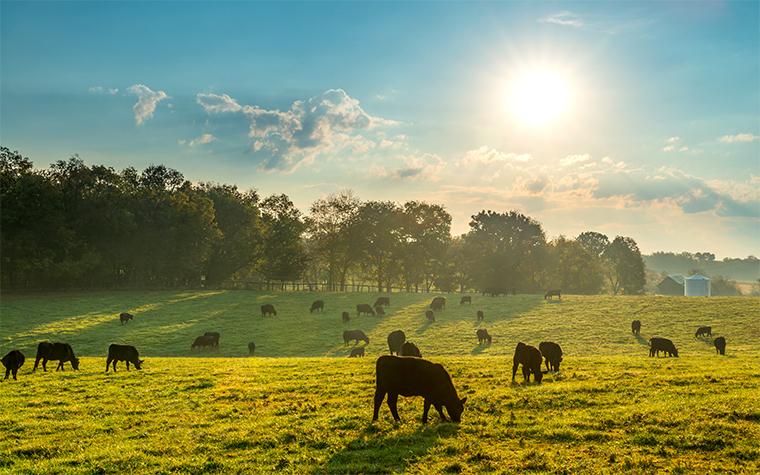FORSYTH, Mo. – Livestock producers now have more flexibility under recent updates to USDA’s Livestock Risk Protection (LRP) program, which helps safeguard against unexpected price declines in feeder cattle, fed cattle and swine markets, says Jacob Hefley, University of Missouri Extension field specialist in agricultural business.
LRP is a federally administered insurance program that allows producers to establish a price floor for their livestock while still benefiting from potential market gains. Policies are sold year-round through approved insurance agents and are designed to provide peace of mind in volatile markets.
Examples of the new changes include expanded eligibility for forward-contracted animals, new coverage options for cull dairy cows marketed for beef and a drought hardship exemption that allows feeder cattle sold early to remain eligible for indemnity when qualifying drought conditions occur. These updates expand how LRP can be used and make coverage more applicable to a wider range of production situations.
MU Extension has updated its publication Livestock Risk Protection (LRP) Insurance to reflect the most recent program changes. The revised guide walks through how LRP works, outlines current coverage details and provides step-by-step examples of how premiums and indemnities are calculated.
“The goal of the guide is to make complicated program easier to understand,” says Hefley. “It’s a resource for producers who want to better understand how LRP coverage works and how to evaluate it as part of their marketing decisions.”
For questions, contact Hefley at jhefley@missouri.edu.
